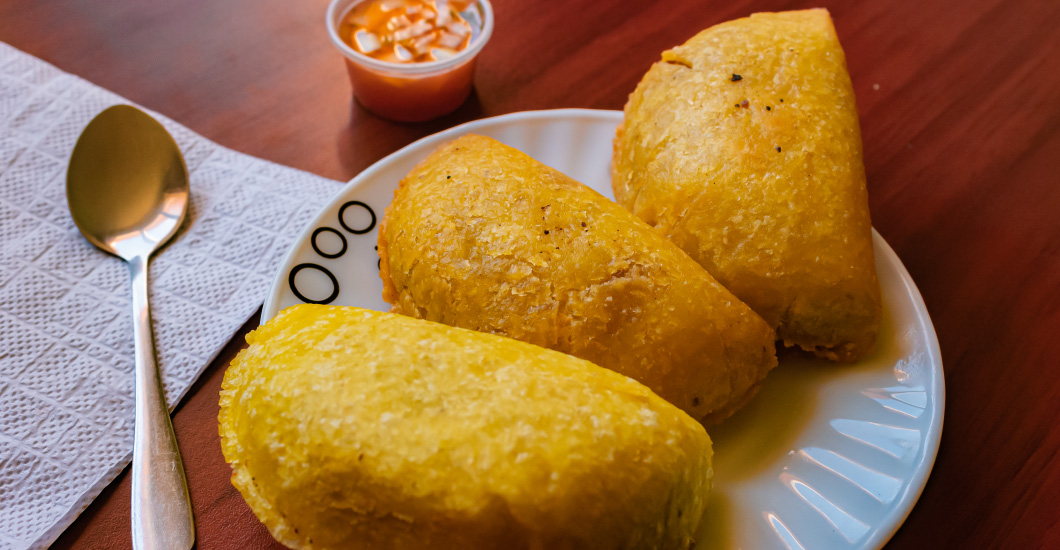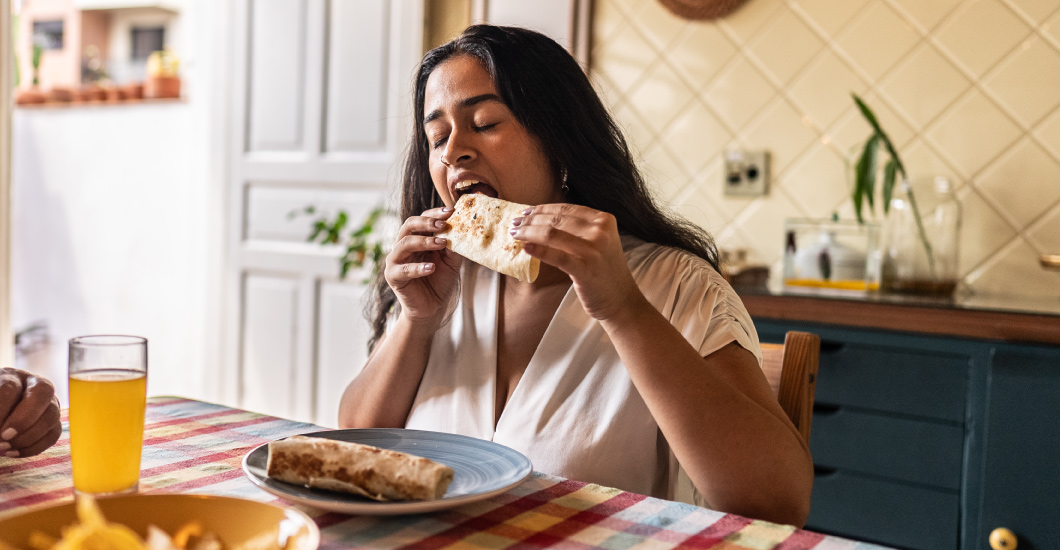Empanadas, tostones, buñuelos… every family has its specialty. For people who need to take care of their heart and cholesterol levels, fried foods can feel off-limits. But with a few smart changes, you can keep enjoying them and pass down your traditions with pride—and health.
Understanding the impact of fried foods on health
Traditional fried foods often raise LDL (“bad”) cholesterol and triglycerides, which can be a challenge for people with cardiometabolic conditions. However, by changing ingredients, cooking methods, and temperature control, you can lower the risks while keeping the flavors you love.
Healthy oils and fats
The type of fat you use makes a big difference in how healthy your fried foods are. Not all fats are the same, and some traditional options can be adapted to protect your heart:
- Olive oil: Great for frying at moderate temperatures (up to 350°F/180°C). Rich in monounsaturated fats, it helps lower LDL cholesterol and adds antioxidants.
- Avocado oil: Handles high heat without breaking down and is also rich in monounsaturated fats. Perfect for tostones and chips.
- Coconut oil: Contains medium-chain fatty acids that the body can use quickly for energy. Its mild flavor works well in both sweet and savory fried foods, like buñuelos or baked empanadas. If you have high cholesterol, use it in moderation.
- Clarified butter (ghee): By removing milk solids, ghee leaves behind stable saturated fats that resist high heat without oxidizing. It gives a rich, traditional flavor and is a safer option for frying compared to regular butter.
Avoid lard and partially hydrogenated oils, since they increase cardiometabolic risks and can raise cholesterol.
Temperature and cooking methods
- Keep the right temperature: Heat oil between 340°F and 355°F (170–180°C). Too cool, and food absorbs more fat; too hot, and harmful compounds can form.
- Fry quickly: Cut food into even sizes so it cooks fast and soaks up less oil.
- Try alternatives: Baking or using an air fryer can give you a crispy texture with very little oil. Baked empanadas or plantain chips in the air fryer are tasty examples.
Healthier takes on traditional Latin fried foods
1. Empanadas
- Filling: Choose veggies, skinless chicken, or fish. Avoid processed meats high in sodium.
- Dough: Use whole wheat flour or mix in oat flour for more fiber.
- Cooking: Bake instead of frying; brush lightly with olive oil or ghee for a golden finish.
2. Tostones / Patacones
- Prep: Peel and slice green plantains, soak them briefly in cold water to reduce oil absorption.
- Oil: Fry with avocado oil, olive oil, or ghee—just enough to coat the pan.
- Alternative: Bake or air fry for a crispy texture with minimal oil.
3. Chips
- Options: Potatoes, cassava (yuca), sweet potato, or kale.
- Prep: Slice thinly, brush with a healthy oil (olive, coconut, or avocado), and bake until crisp.
- Tip: Season with herbs and spices instead of too much salt.
4. Buñuelos
- Dough: Buñuelos are a Latin classic with many variations depending on the country. Mix whole wheat flour with a little regular flour to keep them light.
- Sweetener: Try coconut sugar or a touch of honey instead of refined sugar.
- Cooking: Bake or fry in coconut oil or ghee at the right temperature.
5. Totopos / Fried tortillas
- Base: Use whole corn tortillas.
- Cut: Slice into thin triangles to reduce oil absorption.
- Cooking: Bake with a light brush of oil or air fry for crunch without excess fat.
Extra tips
- Drain well: Place fried foods on paper towels to absorb extra oil.
- Watch portions: Enjoy in moderation and balance your plate with salads or vegetables.
- Mix it up: Rotate between frying, baking, and air frying to reduce saturated fat intake.
Keeping tradition with health
Enjoying traditional fried foods doesn’t mean sacrificing your health. With small changes to ingredients, oils, and cooking methods, you can keep sharing your favorite recipes with family—protecting flavor and your heart. Teach your children and grandchildren that food can be both delicious and healthy: that’s how tradition and health come together.


